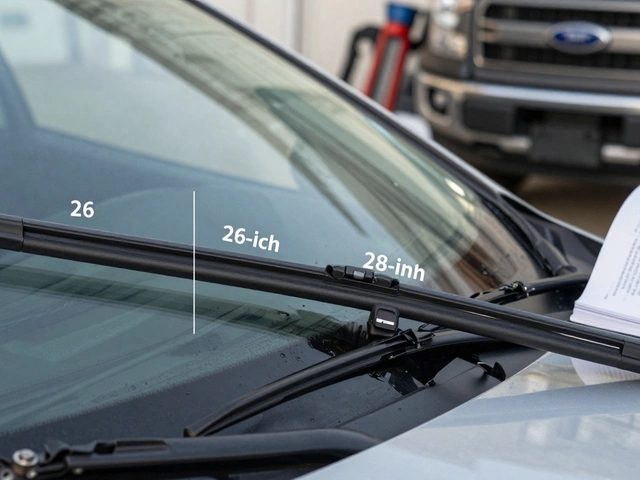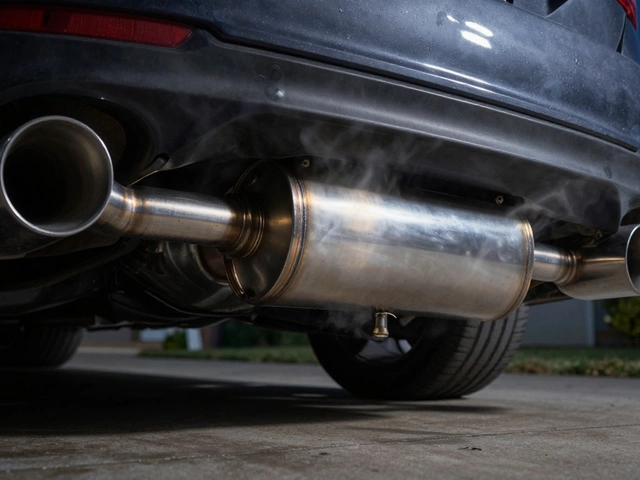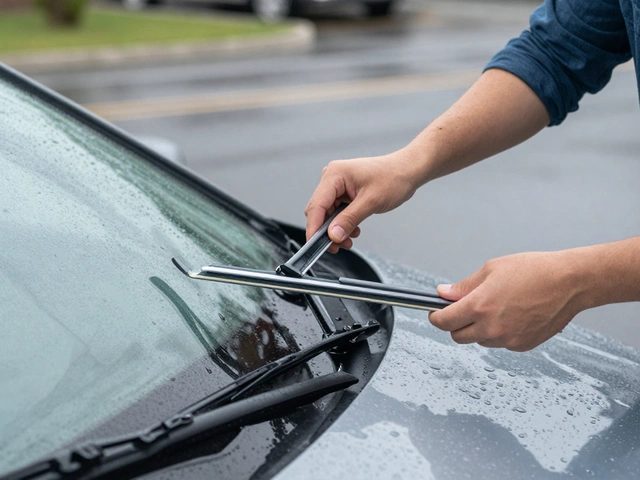Filter Change: What You Need to Know About Air and Oil Filters
When you hear filter change, a routine maintenance task that keeps your engine breathing clean air and circulating clean oil. Also known as air filter replacement or oil filter service, it’s one of the simplest ways to avoid costly engine damage. Most drivers don’t think about it until their car starts acting up—poor acceleration, weird noises, or the check engine light coming on. But a dirty filter isn’t just inconvenient; it’s silently starving your engine.
The two most common filters you need to swap are the air filter, which stops dust and debris from entering your engine’s intake and the oil filter, which traps metal shavings and sludge from circulating through your engine oil. These aren’t the same thing. A clogged air filter reduces fuel efficiency and power because your engine can’t get enough air. A worn oil filter lets dirty oil flow back into your engine, which wears out bearings and pistons faster. Both are cheap fixes—until you ignore them and end up with a $3,000 engine rebuild.
Some people think they can stretch filter changes because they drive on quiet roads or use synthetic oil. That’s a myth. Even if you drive 50 miles a week, dust gets in. And synthetic oil doesn’t clean itself—it still picks up contaminants that only a fresh filter can trap. Your car’s manual gives you a mileage window, but real-world conditions matter more. If you live near a construction site, drive on gravel roads, or haul heavy loads, you need to check your filters more often. Look for signs: reduced fuel economy, rough idling, or a musty smell inside the cabin—that’s your cabin air filter, a separate filter that cleans the air you breathe while driving crying for help.
You don’t need to be a mechanic to handle a filter change. Most air filters pop out with two clips. Oil filters twist off with a wrench. The tools cost less than the filters themselves. And doing it yourself saves you $50–$100 per service. But if you’ve never done it before, it’s easy to mess up—like over-tightening the oil filter or forgetting to lubricate the rubber gasket. That’s why so many people end up with leaks or broken parts. The good news? You don’t have to guess. The posts below show you exactly how to check, replace, and avoid common mistakes—whether you’re working on a 10-year-old hatchback or a newer SUV.
What you’ll find here aren’t generic advice or marketing fluff. These are real guides from drivers who’ve been there: how to tell if your air filter is clogged without pulling it out, why some oil filters are cheaper but worse, and what happens when you skip a filter change for too long. No theory. No jargon. Just what works.





